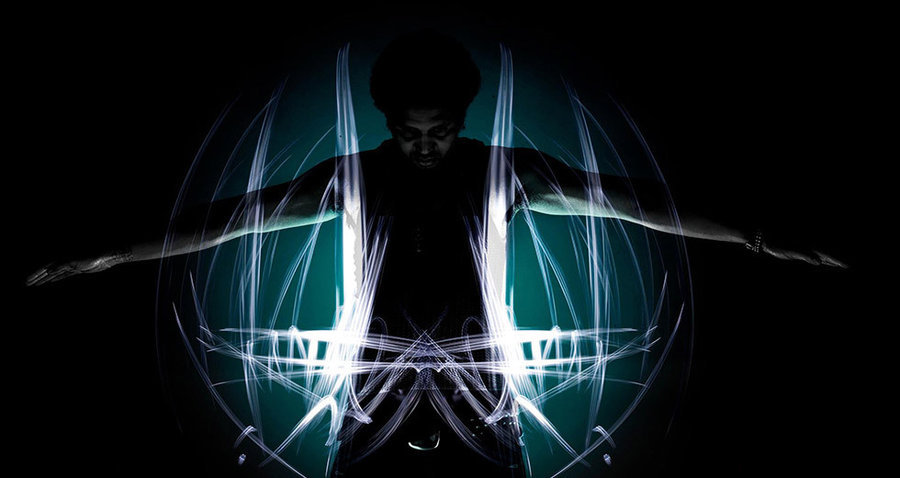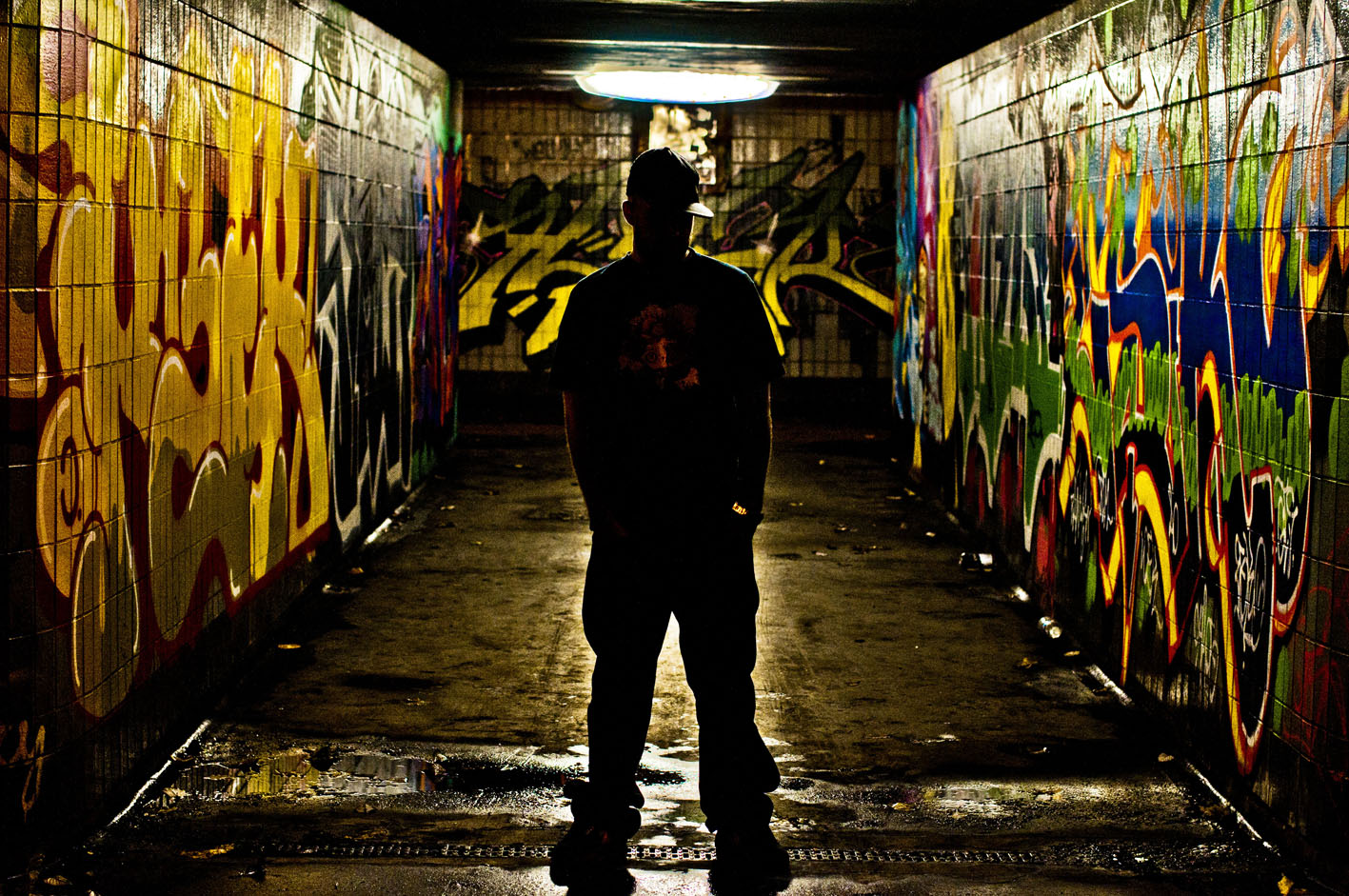DBS: Tokyo’s Drum & Bass Sessions
There are many club nights in Tokyo, but which one has been going the longest? That crown belongs to Drum & Bass Sessions, better known as DBS or Sessions, which has been running for 18 years. Since it started, DBS has exposed its audience to an array of bass music styles – jungle/drum & bass, UK garage, dubstep, grime, and beyond — with an atmosphere poised between “tension-filled performances by international artists” and “energy-filled night out.”
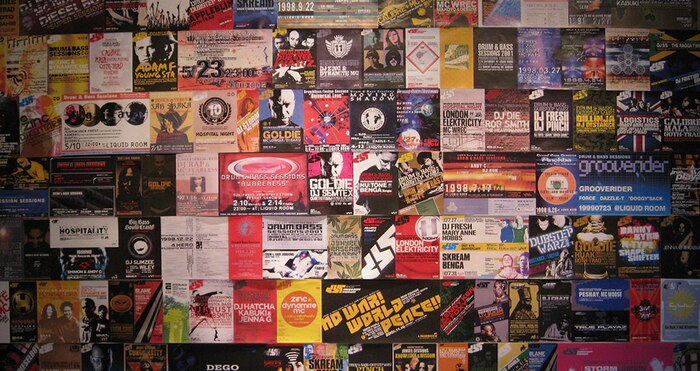
Currently, DBS is held regularly at Unit in Daikanyama. At my most recent visit in June 2014, Pinch, a prominent figure of the UK dubstep underground, was on the bill. The enormous Jah-Light soundsystem was brought in especially for this day — together with the masterful DBS PA, this made for a special combination. There are few places in Tokyo where you can experience such chest-throbbing low-end with such perfect acoustics; your ears will remain intact even after a long session on the dancefloor. In keeping with the vibe of Pinch’s new label, Cold Recordings, the floor was illuminated with a crisp light. His set gradually mutated through various strains of forward-thinking dubstep, sending the crowd into a frenzy.
The man behind the bass is DBS’ founder Kyohei Kamba, who was born in Osaka in 1958. His fascination with music began with glam and punk rock and later his infatuation shifted to reggae and world music. While working at ethnic music record store Rangoon in Osaka, he also began to travel within and beyond Asia.
“I was just overwhelmed by the rush of energy. This was a completely new musical culture shock for me.”
World music was attracting a lot of global interest in and around this time (the mid-’80s to early ’90s), but it was the pre-internet era and information about events overseas was scarce. Kamba travelled extensively in order to report, in detail, the fanaticism on the ground. He kicked off his career as a writer in 1985, covering the opening of the WOMAD festival in the UK and interviewing Thomas Mapfumo, a Zimbabwean musician of the Mukanya clan known for merging electronic and traditional elements, for the December 1985 issue of Music Magazine. His articles appeared in numerous publications such as Takarajima and LATINA; he introduced Japanese audiences to Malian singer-songwriter Salif Keita and Senegalese pop star Youssou N’Dour and reviewed Lee “Scratch” Perry’s first concert in Japan. His writing didn’t only focus on sound, but also considered the race issues and social conditions of the time.
In 1994, Kamba visited London to report on bhangra and ragga and had an eye-opening encounter with jungle and drum & bass. “The storm surrounding jungle in London at the time was insane,” he recalls. “The shock of experiencing M-Beat, who was a spearhead of ragga jungle at the time, and going to underground jungle warehouse parties made a huge lasting impression on me.” His notes from the time reveal the thrill. “One time, I was looking around for places to listen to jungle in a proper setting when I came across a flyer with only ‘Jungle Mania’ and an address printed on it, and I just decided to head down. It led me to a warehouse in Vauxhall, near Brixton in South London. I had no idea at the time who the MCs and DJs were, but it was just this huge energetic sound, with (maybe due to its location) mainly young black guys and girls dancing like mad, sweat dripping down from the ceiling pipes. I was just overwhelmed by the rush of energy. This was a completely new musical culture shock for me.”
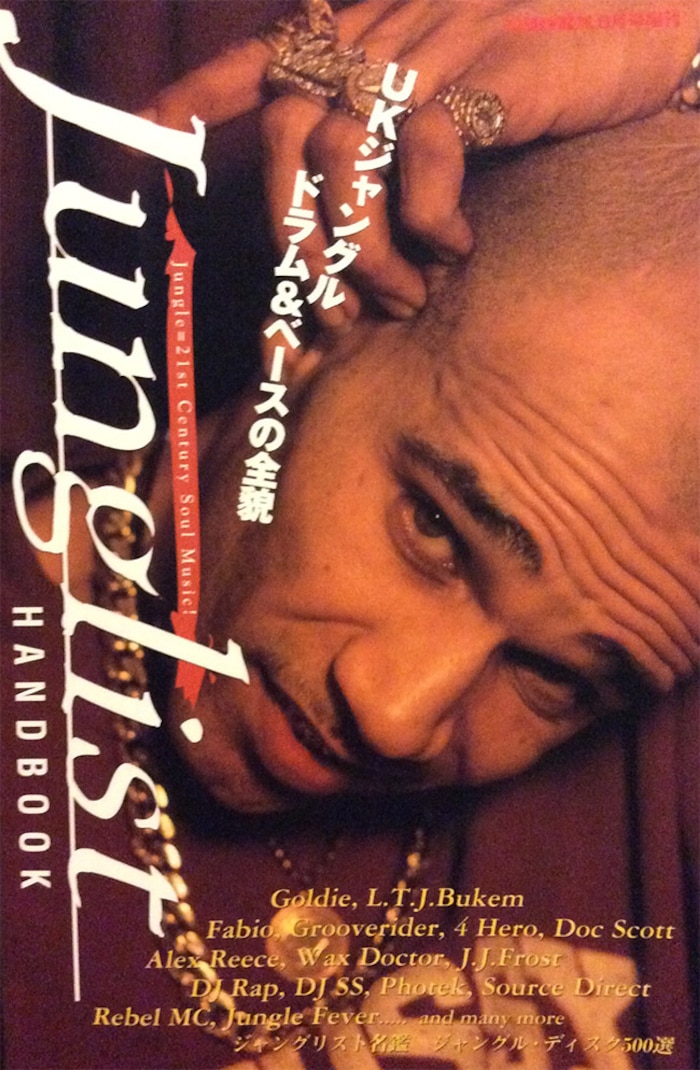
Striving to translate this excitement, his articles captured the essence of these scenes that were bubbling up to the surface, and he regularly wrote about jungle for specialist club music magazines like Remix and Ele-king. This culminated in the 1994 publication of the Junglist Handbook, which offered a comprehensive overview of the scene at the time, including interviews with crucial DJs and commentary on essential releases. Kamba also wrote the liner notes that accompanied Japanese versions of many jungle/drum & bass releases. At the time, domestic record stores such as Cisco Techno, Disc Shop Zero, and Hot Wax stocked an impressive selection of drum & bass. Along with the in-store flyers, you could also pick up a copy of Future, a free drum & bass zine that Kamba edited.
But writing alone could not express the shudder of low-end he experienced in the UK, so Kamba began promoting parties. In 1995, together with the club Nishi-azabu Yellow, he introduced Tokyo to jungle by inviting M-Beat and Kenny Ken to play, followed by LTJ Bukem and Kemistry & Storm in 1996. Alongside regular club nights, he began hosting bigger nights at Shinjuku’s Liquidroom with the assistance of Remix and concert promoters Highlife International. He booked 4 Hero, Fabio, and Grooverider before kicking off Drum & Bass Sessions in November 1996 with Metalheadz affiliates Doc Scott, Ed Rush, and Randall (its name influenced by the Metalheadz Sunday Session in London).
“Since visiting Jamaica for the first time in 1982 and experiencing soundsystems firsthand, I’ve been taken in by the deep bass sound for over 30 years.”
International artists from various branches of drum & bass were invited to Sessions’, from Bristol to New York, cyber to ragga jungle to jump up — the dancefloor always packed. (To relive these moments, LTJ Bukem and MC Conrad’s Progression Sessions – Japan Live 2002 would be a great place to start.) In recent times, it has served as a place for artists sharing the bill to building close relationships, such as Pinch and Photek, who went on to collaborate on the 2012 release “Acid Reign.” Though the “drum & bass” in DBS’ name suggests otherwise, they are not tied down to promoting one sound. Artists like London’s Jah Shaka and Don Letts, who have bridged reggae and punk, have frequently been invited to play, along with garage, grime, and dubstep pioneers such as Zed Bias, Zinc, Slimzee and Wiley, and Mala.
The longevity of it all also comes down to the quiet dedication Kamba puts into promoting. DBS promo posters – always with detailed artist biographies on them —can be found everywhere in Tokyo, even the nerdiest of CD rentals stores, Janis. So what has kept him going for 18 long years? “Since visiting Jamaica for the first time in 1982 and experiencing soundsystems firsthand, I’ve been taken in by the deep bass sound for over 30 years. And it’s no exaggeration to say that it has become part of my lifestyle and DNA. Just looking at the UK, where I’ve visited on so many occasions, there’s an environment of constant musical inspiration, with Jah Shaka’s soundsytem at the core, branching out into jungle/drum & bass to dubstep and so on. I’ve managed to continue this far just with single thought of wanting to act as a catalyst, to inform Japan of all these amazing music cultures.”
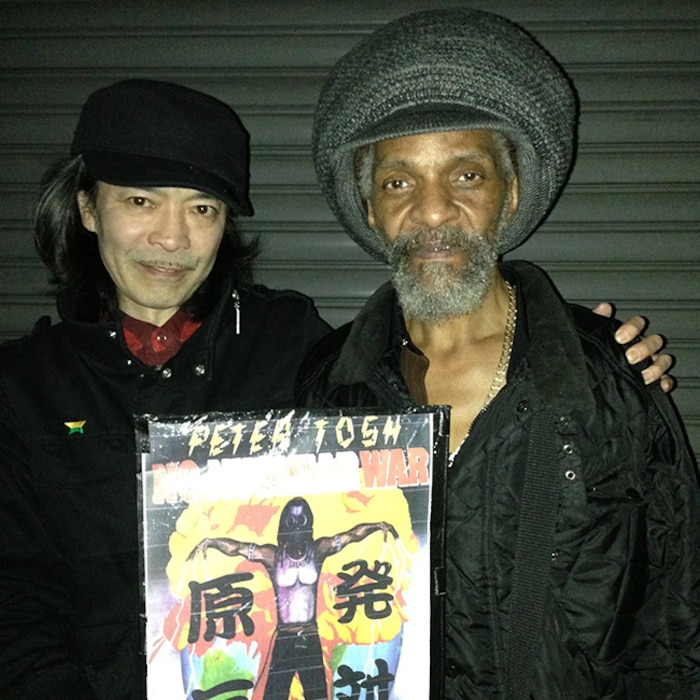
“When we first invited Jah Shaka to Japan in 1997, very few people knew about him,” Kamba says of his scene-building activities. “Actually, I think reggae in Japan was thought of as being almost exclusively Jamaican (UB40, Janet Kay, Maxi Priest, Aswad, LKJ being exceptions). So we decided to invite More Rockers from Bristol, in order to bring together different audiences from roots reggae, dub, and jungle. I’ve continued to promote Jah Shaka all over Japan, and I’ve noticed that in each region there are more and more crews who have their own soundsystem, running parties rooted in the area. So I’d say the horizons are definitely widening.” As he points out, we should never forget that bass music and soundsystem culture are one. “For as long as I can enjoy music, I’m going to believe in ‘good’ music and continue to forge close relationships with artists we can mutually respect. With DBS, I’m grateful if I can provide a place for people to share good vibes and a great atmosphere.”
On Saturday, October 18th, Red Bull Music Academy will team up with DBS to welcome Mala to Japan as part of the 2014 Red Bull Music Academy in Tokyo. All photos courtesy: Kyohei Kamba
